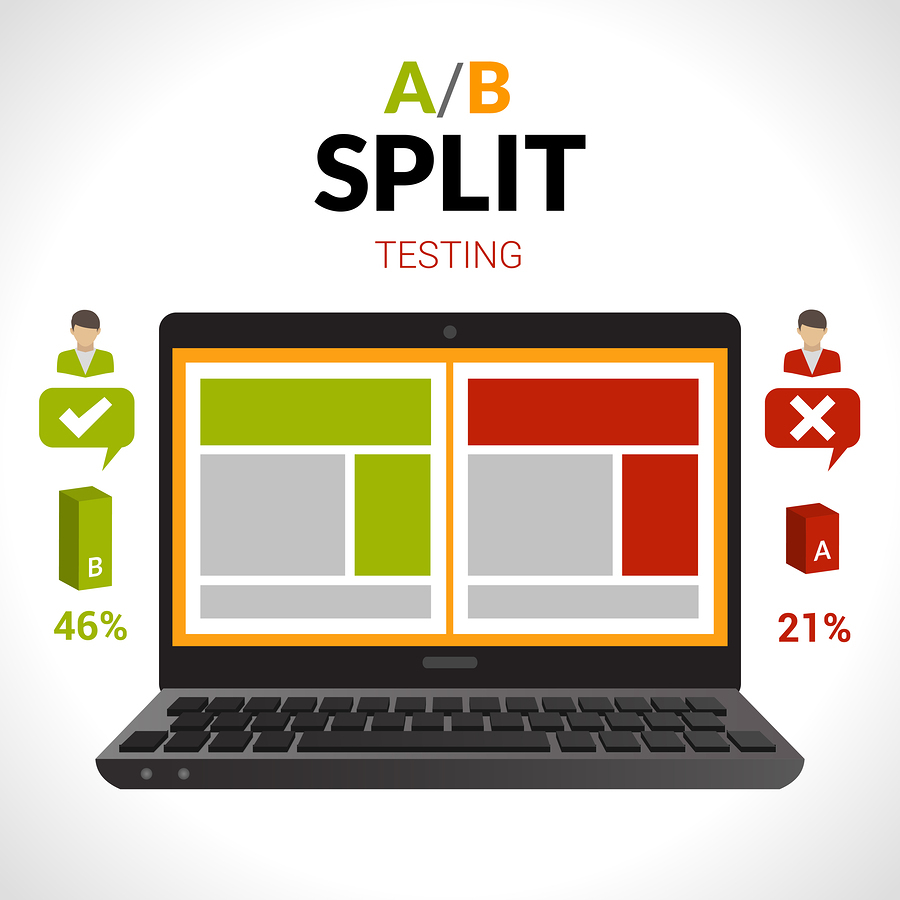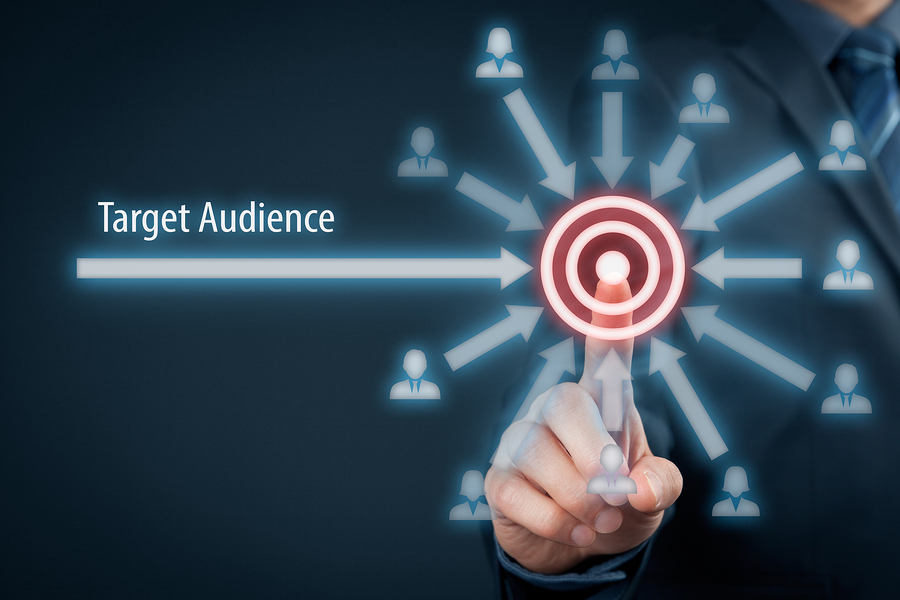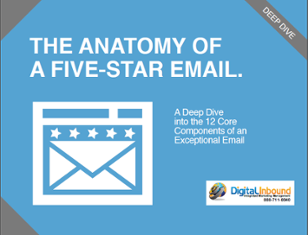Consistently generating inbound leads with email marketing comes down to increasing the email's open rate and its click-through rate (CTR). However, both of these aforementioned criteria depend entirely upon your ability to infuse the email marketing campaign with attention-grabbing headlines, vivid-imagery and through-provoking content.
The Key to Increased Email Engagement: A/B Split Testing
Before getting into the individual strategies for increasing email engagement rates, it's best to start by understanding the importance of A/B split testing. So, what is A/B split testing and why is it so critical to inbound lead generation?
A/B split testing is no more than a test of two iterations of your email campaign in order to define which one performs best, or better put, which one has a higher CTR. The "A" and "B" refer to different versions of the email campaign that are sent to the same number of email recipients.
If you need some basic guidelines on how to perform a split test yourself, then HubSpot has devoted a 10 step process to A/B split testing. However, the following example should more than clarify what's involved.
A/B Split Test Example
You send one version of the email campaign to 1000 recipients and a different version to another 1000 recipients. The first generates 15 clicks for a CTR of 1.5%, while the second generates 25 clicks for a CTR of 2.5%. The second campaign has a higher CTR and is therefore the better campaign.
The biggest rule to follow is to make one change at a time and measure its impact on CTR. If you make two consecutive changes at the same time, then measuring which one impacted CTR is nothing more than guesswork. So, now that you know how to test, perhaps it's best to discuss what to test.

1. Attention-Grabbing Headlines
Recipients have to want to open your email. They need to be incentivized to act and that can't happen if your email's title isn't enticing enough. Use short, definitive statements that catch your reader's attention. High-value descriptive words and open-ended questions are critical. If you need guidance, then assume the role of a customer of yours and focus on answering the following questions.
• What concerns your customers most?
• What makes them move forward with a purchase?
• What are their biggest fears and concerns?
• What is the one solution all your customers want?
• Can you help resolve your customer's pain?
2. Vivid-Imagery
Humans are visual creatures. We are immediately drawn to colorful, brilliant and vibrant imagery. Black and white makes sense when you're trying to save ink on your printer. Images and visuals are a critical branding element and they must be included in your email campaign.
Use a definitive call to action right below the images and draw attention to deals and promotions with large colorful fonts. Finally, be sure to embed links in the images so that your email campaigns are more mobile-friendly.
3. Engaging Content
Don't inundate your audience with repetitive and time-consuming content pieces. Focus on piquing their interest just enough to get them to click. You want them to read and be engaged, but not so much that they have no reason to visit your website because you've provided them with everything they need in the email. To simplify things, add a link like "learn more" that allows readers to go your company's website, read latest blog post or view your most recent video.
4. Maximizing White Space
One on end of the spectrum are those inbound marketing agencies that don't use enough colors in email campaigns, and on the other end are those that use too much. The reason images are more impactful and vivid is because they're surrounded by whitespace. A well-spaced image, alongside interesting content, always wins the day. Boargworld.com has an interesting take on why whitespace matters.
5. Targeted Campaigns
Use your brand champions, ones who have already responded to earlier email campaigns, ones who have already purchased products and services, and ones who consistently return time and again. These are the customers you need to focus your message around. These are the ones who've clicked before and will click again. A more targeted campaign will always have a higher CTR.

Again, none of your initiatives will bear fruit if you aren't willing to use split testing. However, don't just test the most obvious of variables. Instead, focus on a strategy of continually raising the bar by testing everything you can from one email campaign to the next. Your goal is to maximize returns by finding that all-important layout with the highest CTR.

